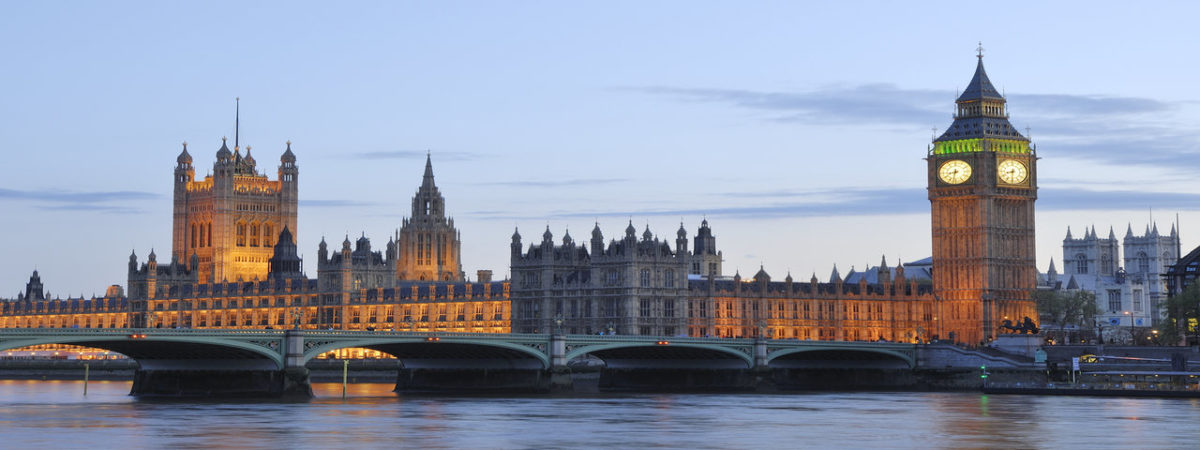The minimum wage – 20 years on
SUGGESTED



When the minimum wage was first introduced, there were just two rates: an adult rate for those 22 and over, and a ‘development rate’ for those aged 18-21. Now there are five different rates, plus a range of complex rules to cover piece rates, bonuses, night work, accommodation offsets and so on. We could probably do with restructuring this system, now one of the most complicated in the world, and reducing the number of different rates.
Currently 15 per cent of those in employment have their pay determined by minimum wage legislation, and this proportion is projected to rise as the National Living Wage (the highest NMW rate) reaches 60 per cent of median hourly earnings (the target for next year). This ratio will put it at the high end of such rates internationally.
The minimum wage is argued to be a success, as it is said to have raised real pay at the bottom of the wage distribution. How far this is correct is difficult to say, as it depends on an unknowable counterfactual – what would have happened over the last two decades in the absence of a state-enforced minimum. Ultimately wages in a free market depend on productivity, and that has risen (albeit slowly) since 1999.
But certainly, wages have risen and dire blackboard-based predictions of employment losses at the time of the introduction of the minimum wage have been confounded. Economists now take a more nuanced view of the workings of the labour market. Dynamic models stress that people are entering and leaving the labour market all the time. Most of the time, even with a constant demand for labour, employers are simultaneously losing workers (through leaving for new jobs, retirement, education, childcare, illness or death) and taking on new employees.
This means that even if the demand for labour falls as minimum wages rise, firms may still be taking on workers if outflow has increased. And because firing people is costly (redundancy pay, stress on managers, loss of skills), firms may try to reduce intake rather than dismiss people and allow numbers to fall through ‘natural wastage’. So you don’t see firms sacking large numbers of workers when minimum wages rise.
Some businesses can of course pass higher wage costs on to the consumer (or, in the case of the public sector, the taxpayer). But more commonly they may try to contain cost increases by adjusting hours instead of numbers employed. One means by which they may do this is through greater use of zero-hours contracts for low-paid work.
Another possibility is altering other elements of the job package – cutting overtime rates, reducing or scrapping staff discounts, limiting training opportunities and so on.
So modest increases in minimum wages may have little short-term effect on employment, though they could lead to a deterioration in the perceived quality of employment on offer to job-seekers.
But the short-term effect is only part of the picture. One study of the restaurant sector suggests that a ten per cent increase in minimum wages would only lead to a 1 per cent fall in employment within the first year. However over the longer term there would be a 4 per cent fall as less efficient businesses drop out and more capital-intensive businesses enter the market.
Fear that many low paid-jobs may be vulnerable to automation and a switch to capital-intensive production has led the Institute for Fiscal Studies to warn against a ‘bidding war’ amongst politicians to increase minimum wages. As an Office for National Statistics release again showed last week, minimum wage workers tend to be concentrated in sectors and occupations where automation seems most likely to take hold.
Another concern that many economists have about minimum wages is their possible effects on young people’s entry into the labour market. The proportion of young people undertaking paid work while at school or in higher education has been falling, although it is known that such work gives an advantage when seeking ‘real’ jobs after graduation. Gradually rising minimum wages – especially if we were to take the advice of the Living Wage Campaign and pay all young people at adult rates – may close off this possibility.
Another problem is the considerable regional variation in the ‘bite’ of minimum wages. The National Living Wage is only 45 per cent of median hourly pay in London, but it is over 65 per cent in the East Midlands, Wales and Northern Ireland. This variation means that the impact of a minimum wage increase differs across the country.
I think there are dangers in the renewed enthusiasm for governments trying to raise minimum pay levels. But even if these dangers can be exaggerated, it has always been the case that the NMW is a poorly-targeted way of reducing poverty. Most people in poverty are not in work, or work only part-time. Most beneficiaries of the minimum hourly wage are not in poverty: the chief gainers from the National Living Wage’s introduction were in households in the middle of the income distribution. A significant proportion (students, partners/spouses of higher earners) were well inside the top half of the income distribution.
To reduce poverty significantly we need benefit reform, a big increase in housing construction, and a reduction in forms of product regulation and taxation which disproportionately damage the poor. A minimum wage is neither necessary nor sufficient to improve the prospects of those in most need.
This article was first published on CapX.
2 thoughts on “The minimum wage – 20 years on”
Comments are closed.





I would also include the unseen cost of not having unproductive or slow businesses in the market place. Independent stores who hire a student on half minimum wage but who spends half his time serving customers and half with his head in a book are less likely to exist. Or the café that takes a long time to serve you because it’s in a quiet location or has hired a disabled worker.
We’ve been lucky in the UK that many independent businesses have broken the law, and nobody has been prepared to report them thank goodness, so as a result we still have a pretty diverse high street and are still in one of the world’s top 15 ( on official happiness rankings ). But Great Britain could be even more groovy without the NMW.
The topic of the minimum wage has always been and will be controversial, because clearly for each person this concept is very different. I read a lot of resources on this topic and was surprised by the various facts I learned, more info here.
But the main thing I realized is that we need reform of benefits, a large increase in housing construction, and a reduction in forms of product regulation and taxation that disproportionately harm the poor.